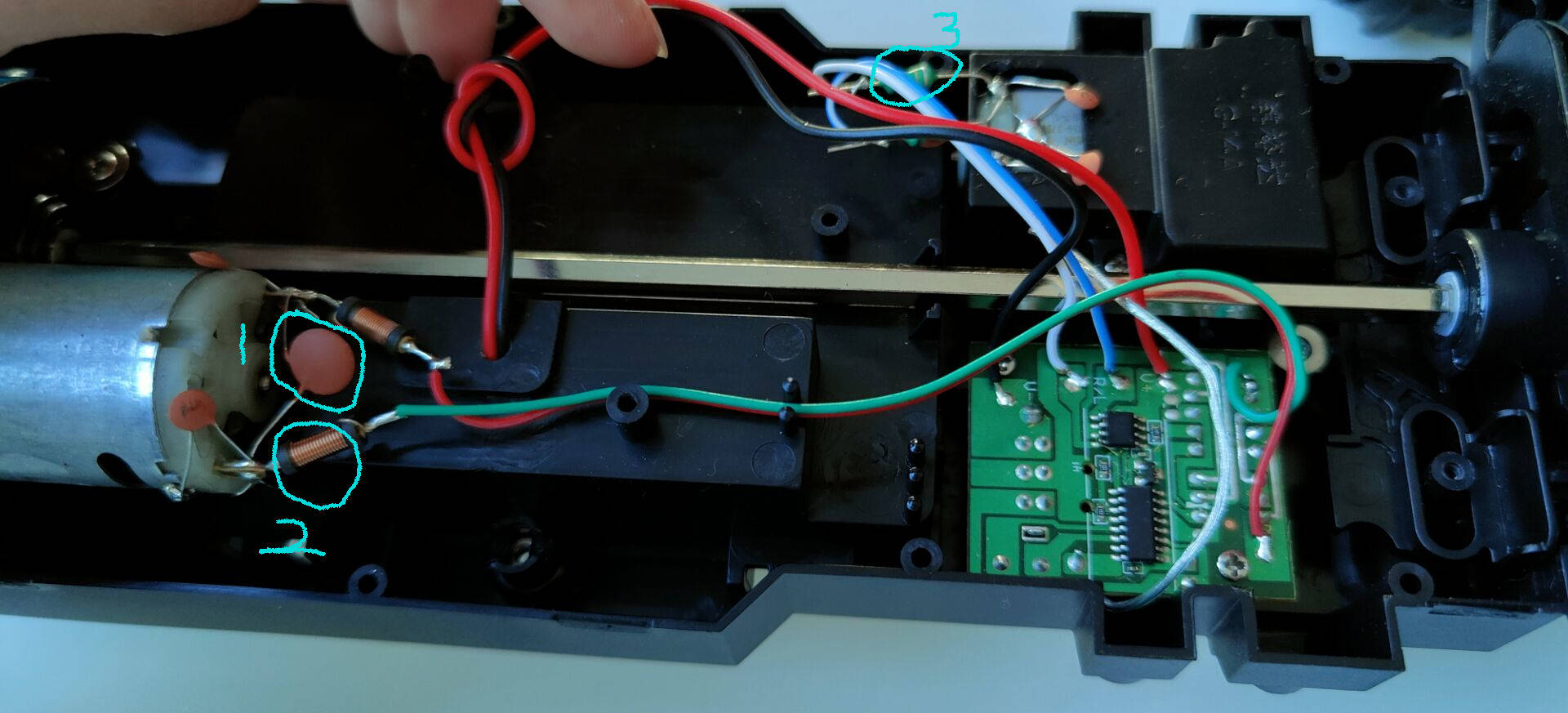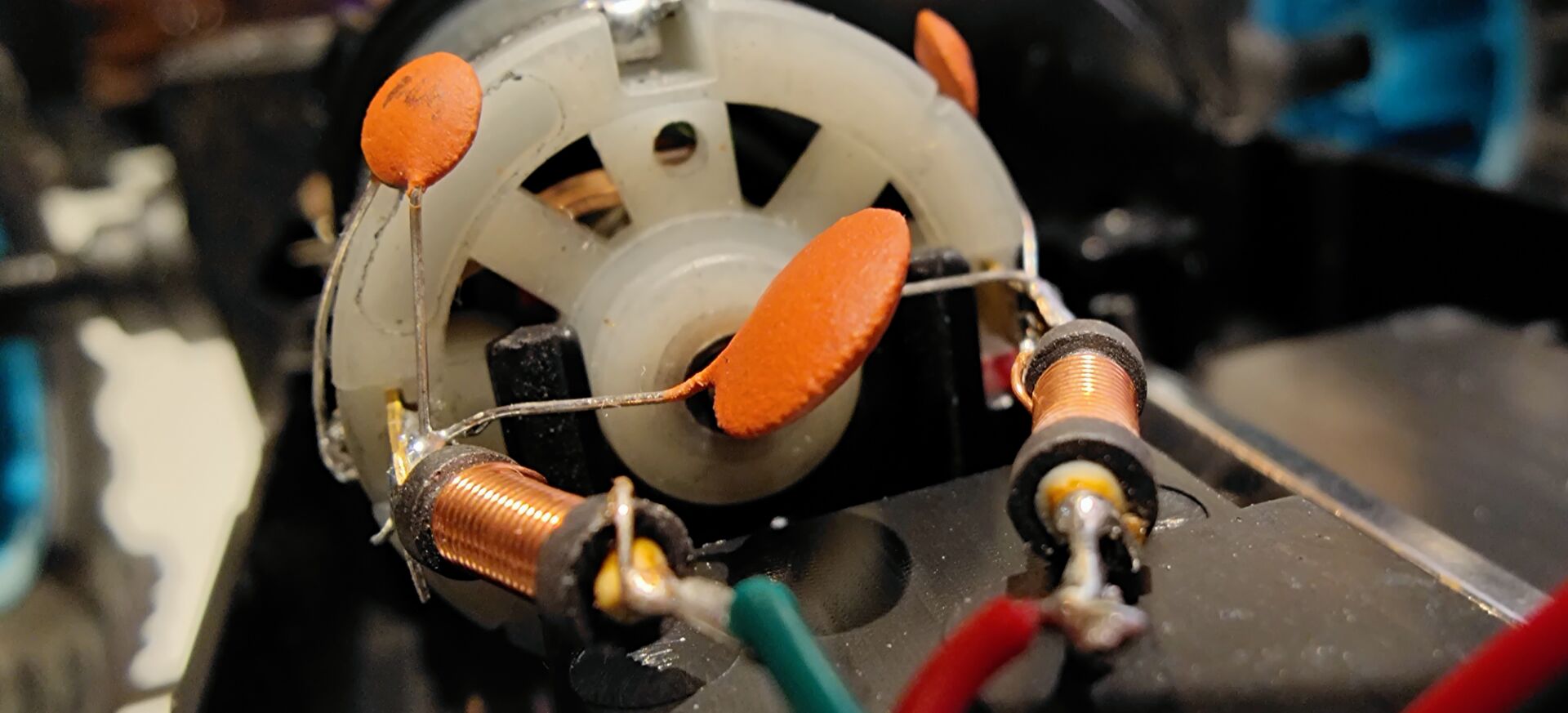I am completely new to the universe of hardware and I am trying to control 2 motors via my RPi 4.
The 1st step is to find out which electrode is positive and which one is negative so that when connecting to a stepper motor controller, I won't burn/damage it.
I have a toy car which I bought from Kmart. Here is its manual.
I have opened its shell and tried to figure out how to connect my RPi 4 to the two motors on this car.
After research, my understanding is I need to connect the RPi 4 to a stepper motor controller first and then connect to the motors.
Here are the photos:
As you can see here, there are two motors. One is to control drive or stop, another is to control the turning.
There is no manual to the two motors.
So here are my questions:
- How can I tell which electrode is positive and which is negative on both motors?
- What are the three things I marked in picture 2?
Update:
For the component 3 marked in the 2nd image, here is a closer look
Again, I'd like to control the small toy car via RPi 4.
Update 2:
Hi guys,
Thank you for your help and yes, many of you have pointed out that using Stepper Motor Controller to control DC motors are wrong and I have got your point, understood, all clear.
But check out this article, the author uses a Stepper Motor Controller to control 2 DC motors. This is why I am thinking that if he could do it with the stepper motor controller, then why I cannot do the same thing?
Could anyone explain it?










